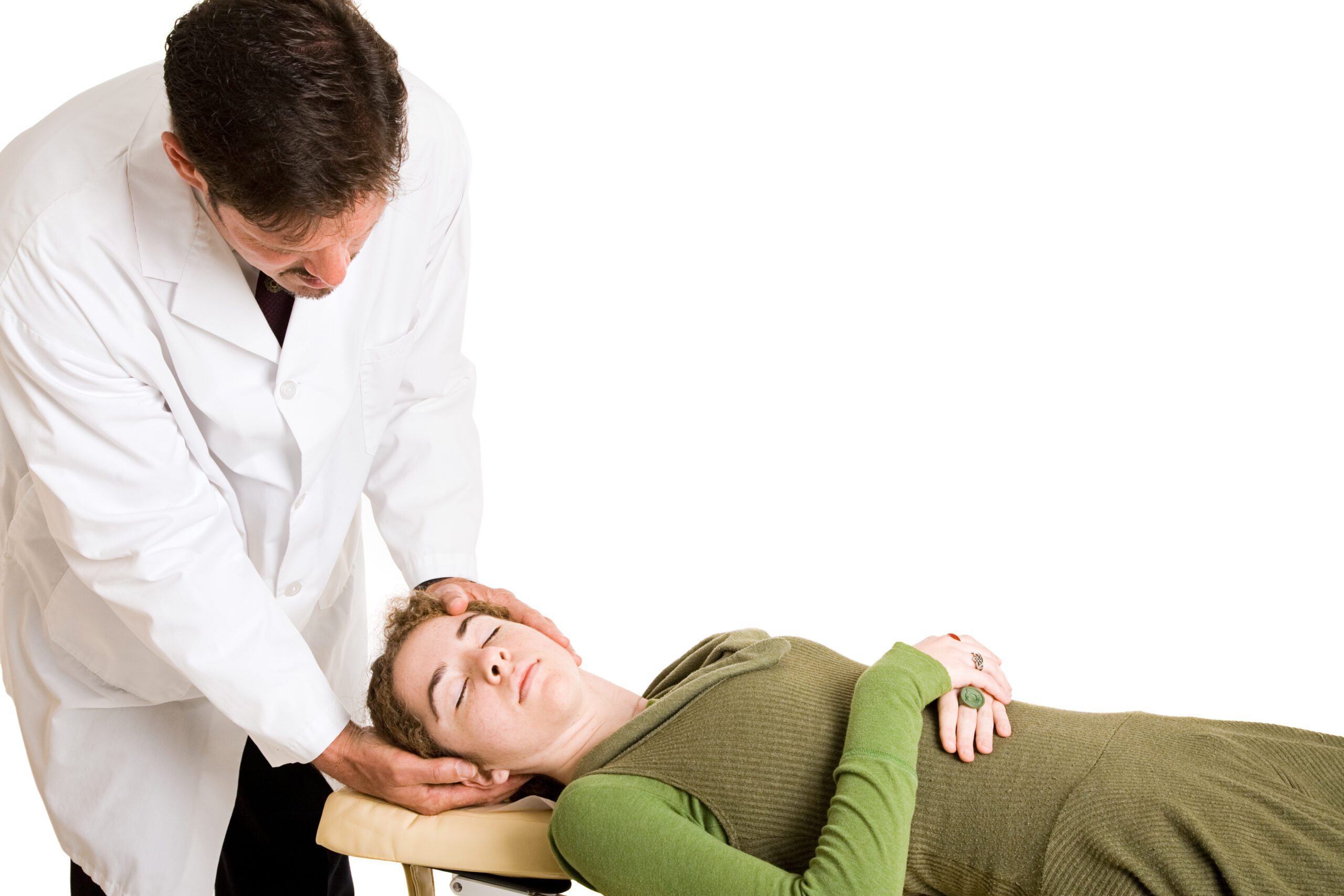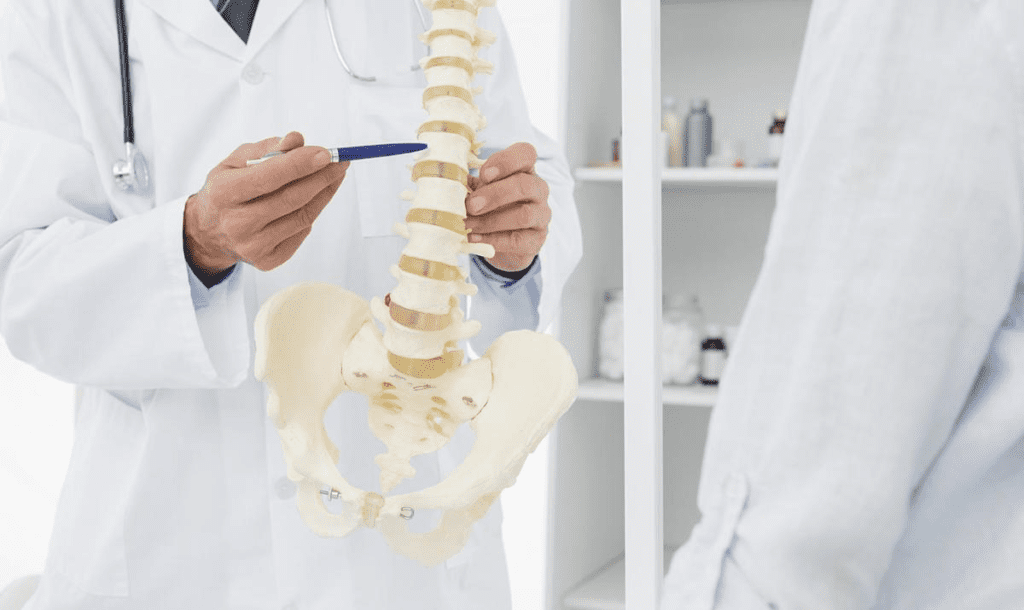
Participating in sports and athletic activities brings joy and fulfillment, but it also carries the risk of sports injuries. When an injury occurs, it’s crucial to seek the right care to recover effectively and get back in the game. At Kings Park Chiropractic, we specialize in sports injury chiropractic care, providing comprehensive and personalized treatments to help athletes of all levels recover from injuries and optimize their performance.
Meet Dr. Brian Sin: Your Trusted Sports Injury Chiropractor:
Dr. Brian Sin is a trusted sports injury chiropractor near Kings Park with extensive experience in treating athletes. His passion for sports and his deep understanding of the musculoskeletal system make him the ideal choice for athletes seeking effective and personalized care. Dr. Sin combines his chiropractic expertise with his knowledge of sports biomechanics to provide tailored treatments that address the unique needs of each athlete.
Understanding Sports Injuries and the Role of Chiropractic Care:
Sports injuries can occur due to various factors, including overuse, trauma, improper technique, or inadequate warm-up. These injuries can range from sprains and strains to more complex conditions like ligament tears or stress fractures. Chiropractic care plays a significant role in the management and rehabilitation of sports injuries by addressing the underlying causes, promoting healing, and restoring optimal function.
The Importance of Sports Injury Rehabilitation:
Sports injury rehabilitation focuses on restoring strength, mobility, and function following an injury. It aims to alleviate pain, reduce inflammation, and prevent further complications. Proper rehabilitation not only facilitates the healing process but also minimizes the risk of re-injury and enhances overall performance.
How Chiropractic Care Supports Sports Injury Recovery:
Chiropractic care offers a holistic approach to sports injury recovery by addressing the alignment and function of the musculoskeletal system. Chiropractors use gentle adjustments to correct spinal misalignments, optimize joint function, and improve overall body mechanics. By restoring proper alignment and reducing nervous system interference, chiropractic care helps promote natural healing and enhances the effectiveness of other rehabilitation strategies.
Comprehensive Sports Injury Assessment and Diagnosis:

At Kings Park Chiropractic, we begin with a comprehensive assessment and diagnosis of your sports injury. Dr. Brian Sin takes the time to understand the details of your injury, including its cause, symptoms, and impact on your athletic performance. He may use advanced diagnostic tools and techniques, such as imaging studies or functional assessments, to gain a deeper understanding of your condition.
A Holistic Approach to Sports Injury Diagnosis:
Dr. Sin takes a holistic approach to sports injury diagnosis, considering the interconnectedness of the body’s systems and the impact of the injury on your overall well-being. This approach ensures a thorough evaluation and helps identify any underlying factors that may contribute to your injury or impede your recovery.
Advanced Diagnostic Tools and Techniques:
To support accurate diagnosis, we utilize advanced diagnostic tools and techniques at Kings Park Chiropractic. These may include X-rays, MRI scans, range of motion assessments, orthopedic tests, and functional movement analysis. These tools help us pinpoint the precise location and extent of your injury, allowing for targeted and effective treatment.
Tailored Treatment Plans for Sports Injury Recovery:
Once your sports injury is diagnosed, Dr. Brian Sin develops a personalized treatment plan tailored to your specific needs and goals. This plan may involve a combination of chiropractic adjustments, soft tissue therapies, massage techniques, corrective exercises, and rehabilitation programs.
Chiropractic Adjustments for Sports Injury Rehabilitation:
Chiropractic adjustments are a cornerstone of sports injury rehabilitation. These gentle and precise manipulations help restore joint alignment, reduce inflammation, and alleviate pain. By improving spinal and joint function, chiropractic adjustments facilitate the body’s natural healing process and support the recovery of injured tissues.
Soft Tissue Therapies and Massage Techniques:
In addition to chiropractic adjustments, our sports injury chiropractic care may include soft tissue therapies and massage techniques. These modalities help release muscle tension, reduce scar tissue formation, improve circulation, and enhance flexibility. They play a crucial role in alleviating pain, promoting healing, and restoring optimal muscle function.
Corrective Exercises and Rehabilitation Programs:
To strengthen and stabilize injured areas, rehabilitation exercises are a vital component of sports injury care. Dr. Brian Sin designs tailored exercise programs that target your specific injury and address any muscle imbalances or weaknesses. These exercises help rebuild strength, improve flexibility, and restore proper movement patterns, allowing you to return to your sport with confidence.
Preventing Sports Injuries: The Role of Chiropractic Care:
In addition to treating sports injuries, chiropractic care also plays a crucial role in injury prevention. Regular chiropractic adjustments and proactive care help optimize spinal alignment, joint function, and overall body mechanics. By improving biomechanical efficiency and reducing musculoskeletal imbalances, chiropractic care reduces the risk of injuries and enhances athletic performance.
Sports-Specific Conditioning and Injury Prevention Strategies:
Dr. Brian Sin can provide sports-specific conditioning programs and injury prevention strategies tailored to your sport and individual needs. These programs focus on improving strength, flexibility, endurance, and balance, ensuring that your body is adequately prepared to meet the demands of your chosen activity.
Optimizing Athletic Performance and Reducing Injury Risk:
Whether you’re a professional athlete, a weekend warrior, or someone who enjoys staying active, chiropractic care can help optimize your athletic performance and reduce the risk of injuries. By maintaining proper spinal alignment, enhancing joint function, and supporting optimal nervous system communication, chiropractic care helps you perform at your best and stay in the game for longer.
Why Choose Kings Park Chiropractic for Sports Injury Care:
There are several reasons to choose Kings Park Chiropractic for your sports injury care:
Expertise in Sports Injury Rehabilitation:
Dr. Brian Sin has extensive experience in sports injury rehabilitation and understands the unique needs of athletes. He stays updated with the latest advancements in sports medicine and applies evidence-based techniques to optimize your recovery and enhance your performance.
State-of-the-Art Facilities and Equipment:
Our clinic is equipped with state-of-the-art facilities and advanced chiropractic equipment to provide the highest quality of care. We create a comfortable and welcoming environment where you can receive the treatments you need to recover from your sports injury.
Individualized Treatment Plans for Athletes:
We recognize that each athlete and sports injury is unique. That’s why we develop individualized treatment plans tailored to your specific injury, goals, and timeline. Our focus is on delivering personalized care that addresses your specific needs and helps you return to your sport as quickly and safely as possible.
Taking the First Step Towards Sports Injury Recovery:
Schedule an Appointment: If you’ve experienced a sports injury or want to optimize your athletic performance, it’s time to take the first step towards recovery and schedule an appointment at Kings Park Chiropractic. Dr. Brian Sin and our dedicated team are here to provide you with the exceptional care and support you need to get back in the game.








